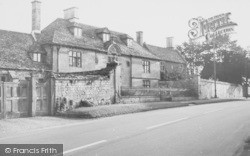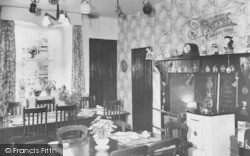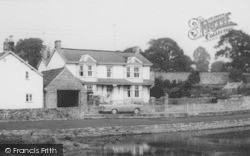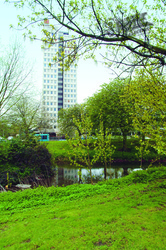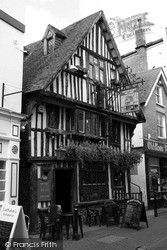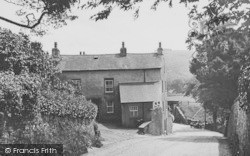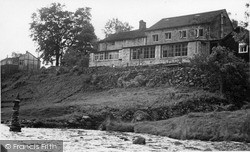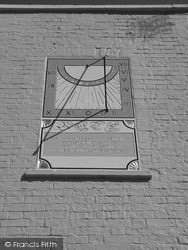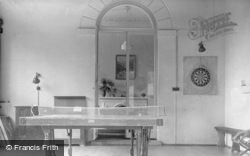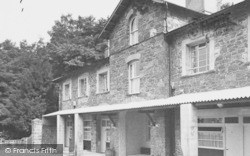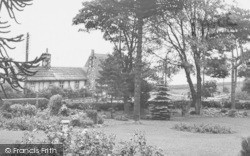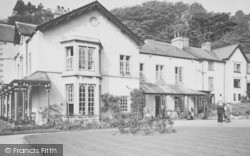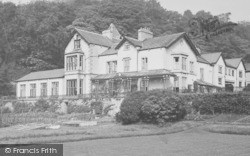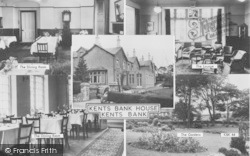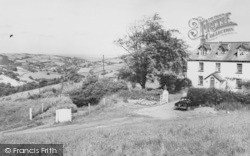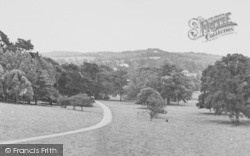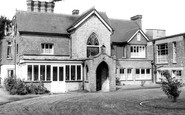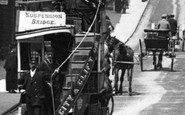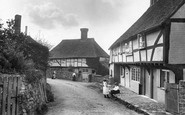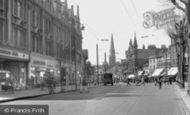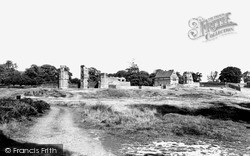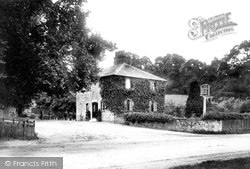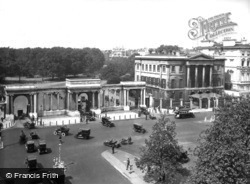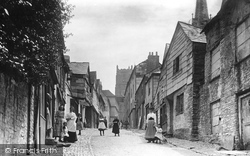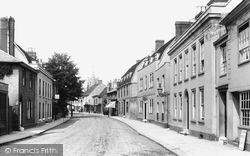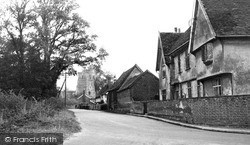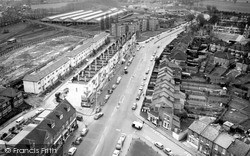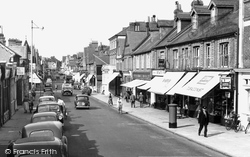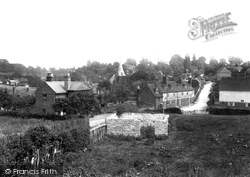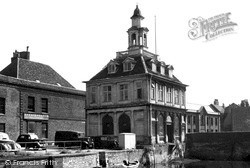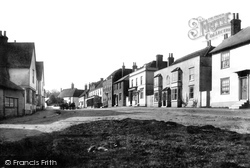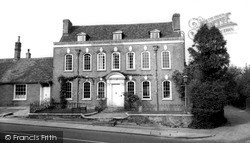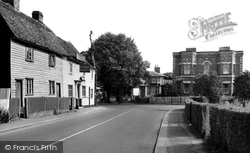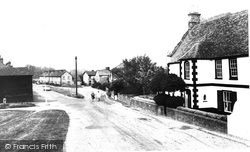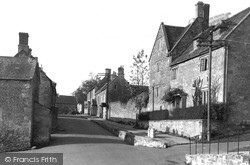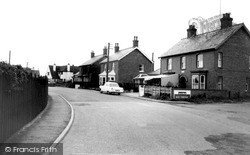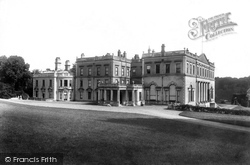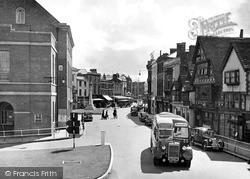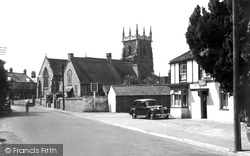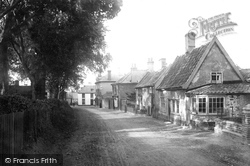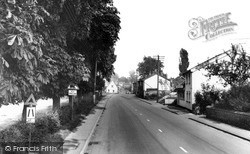Places
36 places found.
Those places high-lighted have photos. All locations may have maps, books and memories.
- Chatsworth House, Derbyshire
- Osborne House, Isle of Wight
- Brambletye House, Sussex
- Ickworth House, Suffolk
- Kingston Lacy House, Dorset
- Boscobel House, Shropshire
- Preshute House, Wiltshire
- Bolton Houses, Lancashire
- Brick Houses, Yorkshire
- Quaking Houses, Durham
- Water Houses, Yorkshire
- Bottom House, Staffordshire
- New House, Kent
- Mite Houses, Cumbria
- Lyneham House, Devon
- Church Houses, Yorkshire
- Dye House, Northumberland
- Spittal Houses, Yorkshire
- Street Houses, Yorkshire
- Tow House, Northumberland
- Halfway House, Shropshire
- Halfway Houses, Kent
- High Houses, Essex
- Flush House, Yorkshire
- White House, Suffolk
- Wood House, Lancashire
- Bank Houses, Lancashire
- Lower House, Cheshire
- Marsh Houses, Lancashire
- Chapel House, Lancashire
- Close House, Durham
- Guard House, Yorkshire
- Hundle Houses, Lincolnshire
- Hundred House, Powys
- Thorley Houses, Hertfordshire
- School House, Dorset
Photos
7,776 photos found. Showing results 721 to 740.
Maps
370 maps found.
Books
1 books found. Showing results 865 to 1.
Memories
10,362 memories found. Showing results 361 to 370.
Charlwood Brickyard
The James family moved to Charlwood for London in 1964 into the house next door to the brickyard. This was supposed to have been built by Mr Dearn from bricks made in the actual brickyard. The ponds were called the Raft pond, ...Read more
A memory of Charlwood by
Denham Court
I was placed in Denham Court on 20th February 1953 at the age of 12 years (just five days before my thirteenth birthday, which I recall was not even acknowledged by anyone) when it was a Children's Home. The Matron and her husband were ...Read more
A memory of Denham in 1953 by
Copthorne Convent
My name is Maggie Wilkinson. My mum Elizabeth Pilkington lived at Copthorne Convent, then it was called Bank Farm House, she was married from there on 6th June 1942. My parents were married at St John's church. Mum's stepfather ...Read more
A memory of Copthorne in 1942 by
The Red Lion Inn Thursley
I lived in The Red Lion Inn, Thursley (Bridle Cottage) from the day I was born for approximately 22 years. I was born in June 1961 and I am the oldest child of four. I lived with my parents and grandparents. My grandfather, ...Read more
A memory of Thursley in 1961 by
Victorian Horse Drawn Omnibus On The Park Street
This shows an early Victorian horse-drawn omnibus on the Park Street, Clifton, City Centre Bristol Zoo route. The fleet commenced with various horse trailers, totalling 109 with 678 horses. These were ...Read more
A memory of Bristol in 1900 by
Betton A Rural Idyl
I literally stumbled upon this website and have been interested to read the memories of people who lived in Betton, a place well known to me. I lived there as a wartime evacuee in the 1940s, and Marc Chrysanthou's ...Read more
A memory of Market Drayton in 1940 by
Bacon Family
My family lived in Hawkedon from about the mid-1880s and came from Kirtling, Cambs. I know that they ran the Queen's Head and I think my grandmother helped to teach at the local school. My mother's family (Bacon) were all born at ...Read more
A memory of Hawkedon in 1870 by
Pc David Deal
My husband's great-grandfather David Deal was one of the police constables for Leiston and is mentioned in the 1901 Census aged 39 living with his wife Marianna and two of their three children at Valley Road, Leiston. My husband ...Read more
A memory of Leiston in 1900 by
The Old Bakery
The building in the distance is the old bakery. When I was a child/teenager (in the 1960s) my grandparents (Bert and Annie Hurd) lived in a cottage just behind where this picture was taken, and whenever we visited them we would go ...Read more
A memory of Byworth by
Ealing 1962 Onwards
I moved to Windsor Road in Ealing in 1962 when I was 11. I remember the Grove with fond memories. All the shops! The tailor's shop and the barbers. The sweet shop which always had a bowl of water for the dogs outside in the summer, ...Read more
A memory of Ealing in 1962
Your search returned a large number of results. Please try to refine your search further.
Captions
6,977 captions found. Showing results 865 to 888.
Started around 1490 by Thomas Grey. 1st Marquis of Dorset, and built using bricks produced on the site, the house was the county's first true country house.
In the grounds behind the Council Offices stands Pippbrook House, the home of Dorking's main Library. It was once a private house.
This is a scene of contrasts, featuring Manor Cottage, an 18th-century thatched stone-built house, and the dull 1960s house to the left. The bus shelter remains, but re-roofed in sheet metal.
To the right of the arch is Apsley House, one of only two or three of Piccadilly's great houses to survive.
We see good examples of slate-hung houses; these slates are large, and they have even been used to board up the windows of the disused house on the right.
Beyond the draper's awning is the Quaker Meeting House and Buzzards, the home of Thomas Gainsborough's uncle Thomas.
Church Farm (right) of c1480 is a hall house with cross wings. The parlour wing is double jettied, with the arms of the de Ufford family, Earls of Suffolk, under the oriel window.
Crown House provides a view of London Road and Morden Court and the slightly earlier mock Tudor York Close to the left.
The house at the top of this view was that of the Sergeant Major from the Staff College.
The shingle spire of All Saints Church rises above the surrounding houses, while halfway up the hill is the Tudor timbered Old Wool House, in which the fleeces of sheep were washed.
The Custom House is a memorial to the importance and value of sea trade to King's Lynn.
Bardfield has a wealth of old buildings: the house on the left is 15th-century, as is Gobions - the distant white house.
Clarence House is now one of Essex County Council`s community education centres: it runs such things as residential art courses.
The Malsters Arms (left), originally a beer-house, is still very much the same, although it has expanded into the cottages to the left.
The Manor House, built in the late 17th century, was the home of Lancelot 'Capability' Brown, the great landscape gardener. He was lord of the manor of Fenstanton, and his monument is in the church.
This view looks west along the High Street past the Manor House on the right, a good 17th-century house with a tall gabled three-storey chamber wing.
The biggest change is that the shop is now twice as big: it includes the post office, and takes up the whole of the downstairs of the semi-detached house.
Crichel House 1904. Princess Charlotte, the only child of the loveless marriage between George IV and Caroline of Brunswick, made Crichel House her home for a time.
The Market House, seen here on the left, was built in 1772 and has fulfilled a variety of roles since.
The house has now gone, and the bridge has been replaced by another. This photograph was taken in Lower Monk Street near the weir in Swan Meadows.
Alford is a most attractive small market town on the eastern edge of The Wolds, noted for its thatched Manor House in West Street, a 16th-century hall house with crosswings, all encased in brick in 1661
It now houses a splendid museum. Huge sheep markets were held here, and the farmers and buyers refreshed themselves in the Woolpack, a convenient public house across the road from the castle.
The single-storey extension on the nearest house has been demolished, but there is something similar on the adjacent house.
The open land with the horse chestnut trees has become a housing development, although Jubilee House was built by Daniel Goddard and Sons in c1935. On the right is the butcher's shop.
Places (80)
Photos (7776)
Memories (10362)
Books (1)
Maps (370)





